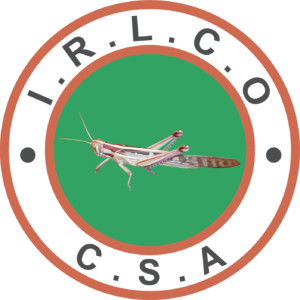Source of Funds
Sustaining Our Mission Through Strategic Partnerships and Contributions
How IRLCO-CSA Secures Resources for Pest Control
The International Red Locust Control Organisation for Central and Southern Africa (IRLCO-CSA) relies on a robust and diversified funding model to carry out its critical mission of managing and controlling migratory pests across the region. Our funding comes from a combination of member state contributions, private sector partnerships, and targeted project funding from international donors. These financial resources are essential to our ability to respond swiftly to pest outbreaks, conduct groundbreaking research, and implement sustainable pest management practices.
Member State Contributions
The core of our funding is provided by our member states, which include Kenya, Malawi, Mozambique, Tanzania, Zambia, and Zimbabwe. Each member state contributes a percentage of the total annual budget, demonstrating their shared commitment to the regional effort against locusts and other migratory pests. These contributions are vital to our day-to-day operations, including field monitoring, control measures, and capacity-building programs across the region.
Private Sector Partnerships
In addition to government support, IRLCO-CSA has established strategic partnerships with private sector organizations that share our commitment to food security and sustainable agriculture. These partnerships often focus on specific projects, such as the development of new pest control technologies or the expansion of surveillance networks. The private sector’s involvement not only provides additional funding but also brings innovative solutions and expertise that enhance our overall effectiveness.
International Donor Funding
We also receive significant financial support from international donors, including NGOs, foundations, and development agencies that are focused on food security, environmental protection, and sustainable development. These funds are typically allocated to specific projects that align with the donors’ goals, such as research initiatives, capacity-building workshops, or emergency response efforts during major pest outbreaks. This external funding is crucial for expanding our reach and impact beyond our immediate member states.
